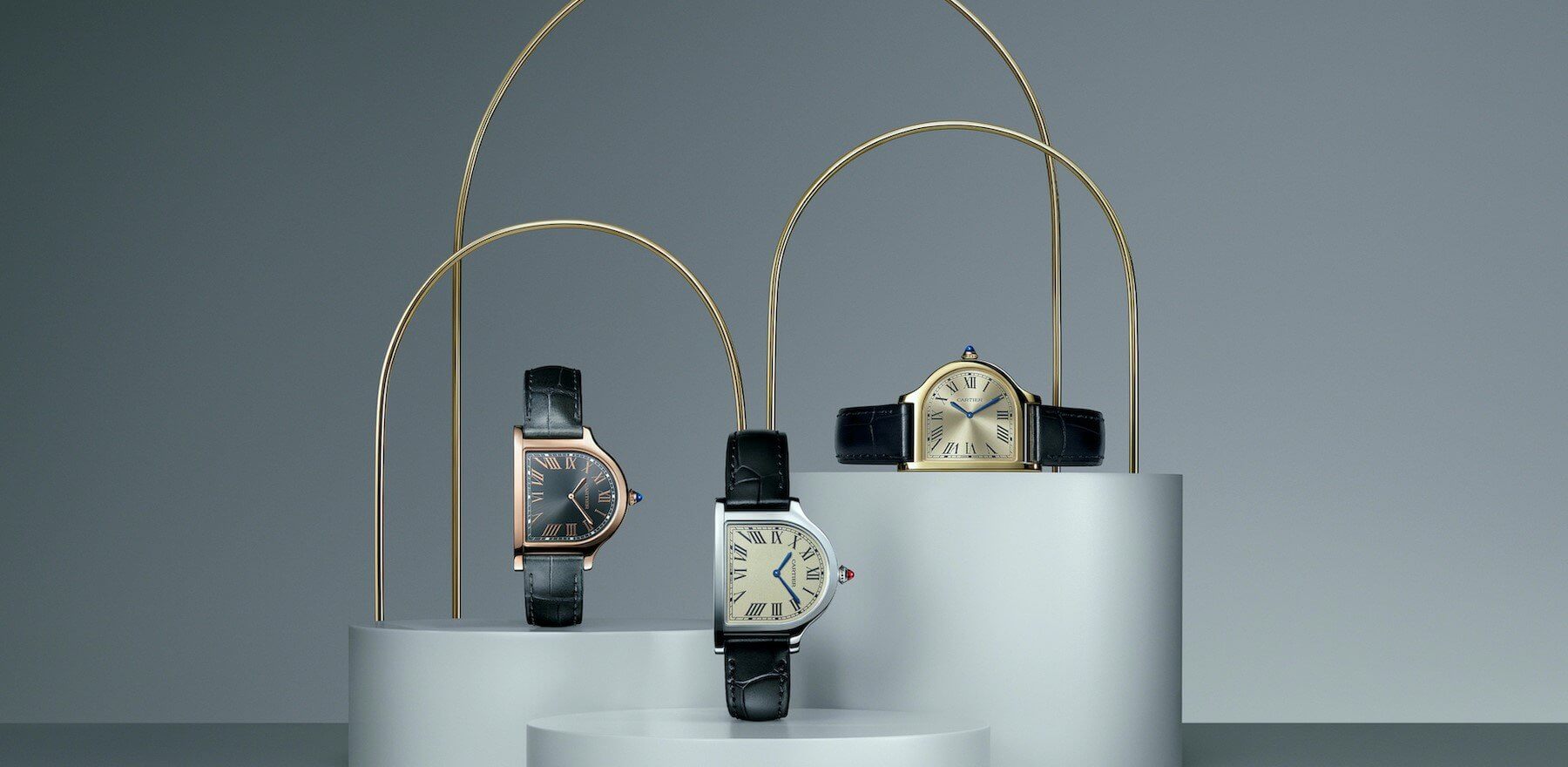After the Crash, the Tank Cintrée, the Tonneau and the Tank Asymétrique, the Cloche de Cartier watch is the fifth opus brought to you by Cartier Privé. Cartier Privé, the collectors’ collection that celebrates and explores the Maison’s mythical models through numbered, limited edition watches.
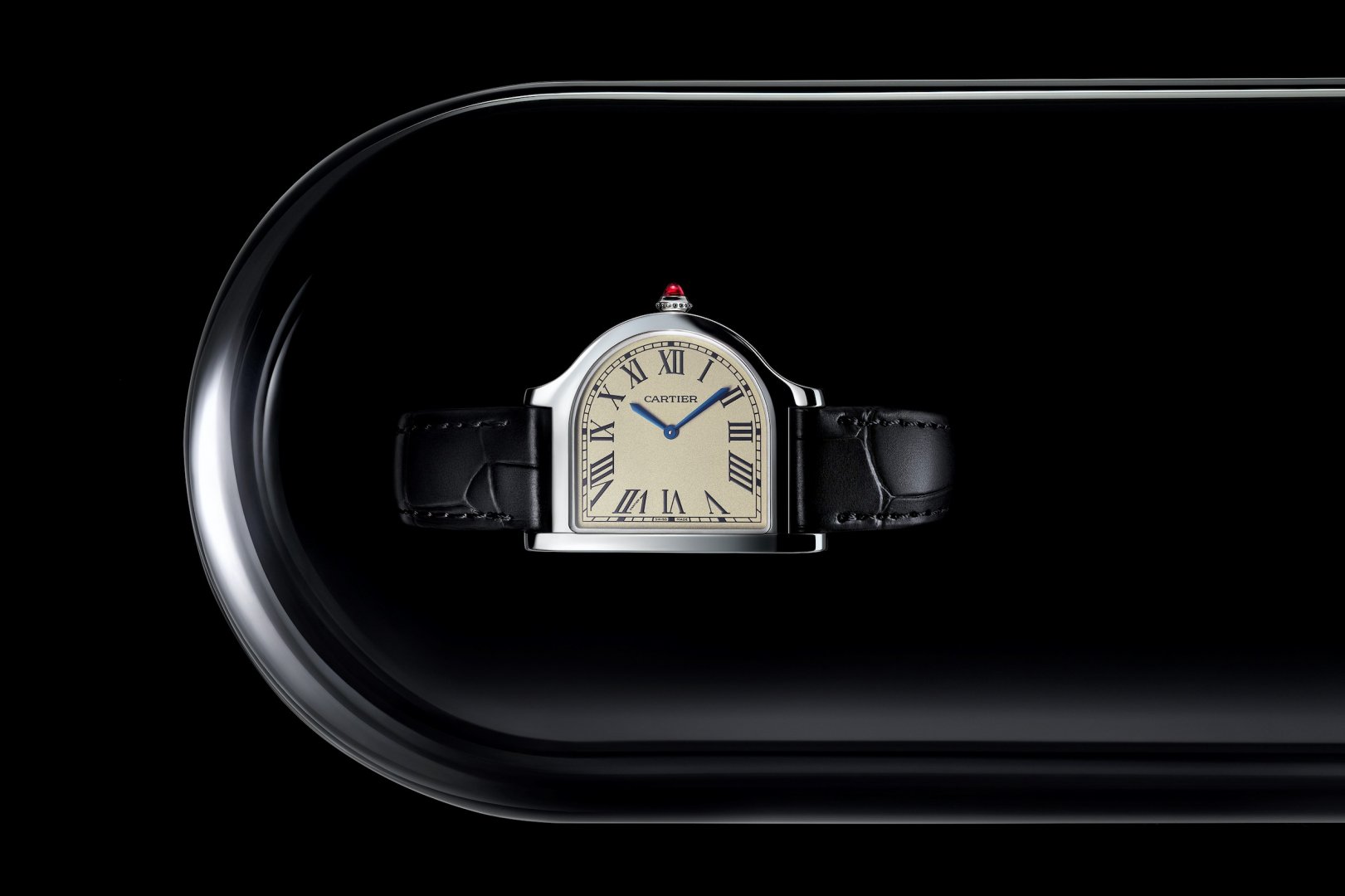
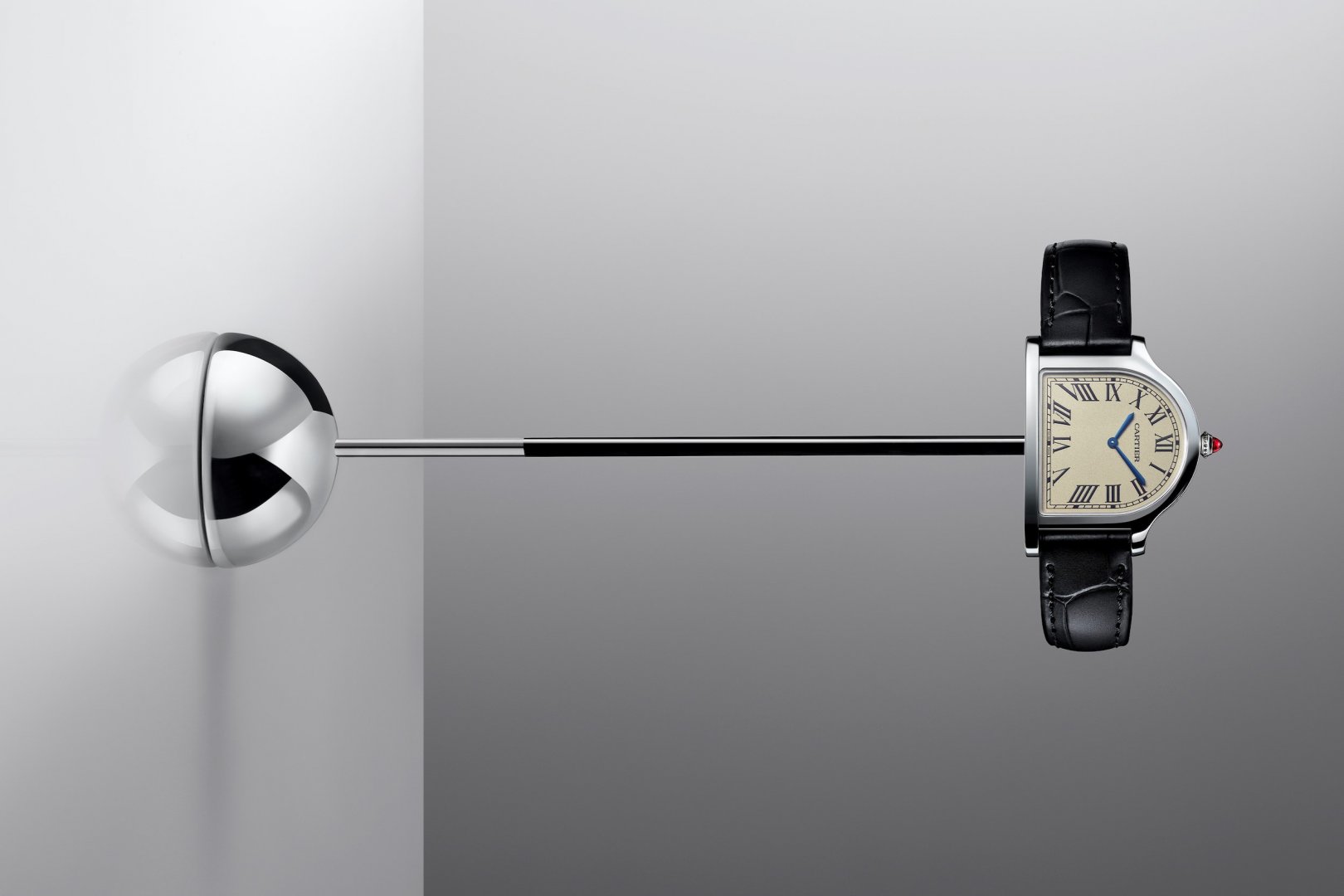
The “cloche” (bell) shape appeared in Cartier pieces in 1920. “Cloche de Cartier”, because, when placed horizontally, its outline is reminiscent of a service bell rung at a counter. Like many Cartier signature pieces, it has been named after its shape, made notable for the purity of its line and clear inspiration. “The Cloche de Cartier watch illustrates the Maison’s approach to shape, and how it is considered for its aesthetic but also by appreciating all of its possible evocations. It highlights the Maison’s talent at playing with simple shapes and revealing their aesthetic potential.” Pierre Rainero, Director of Image, Style and Heritage at Cartier.
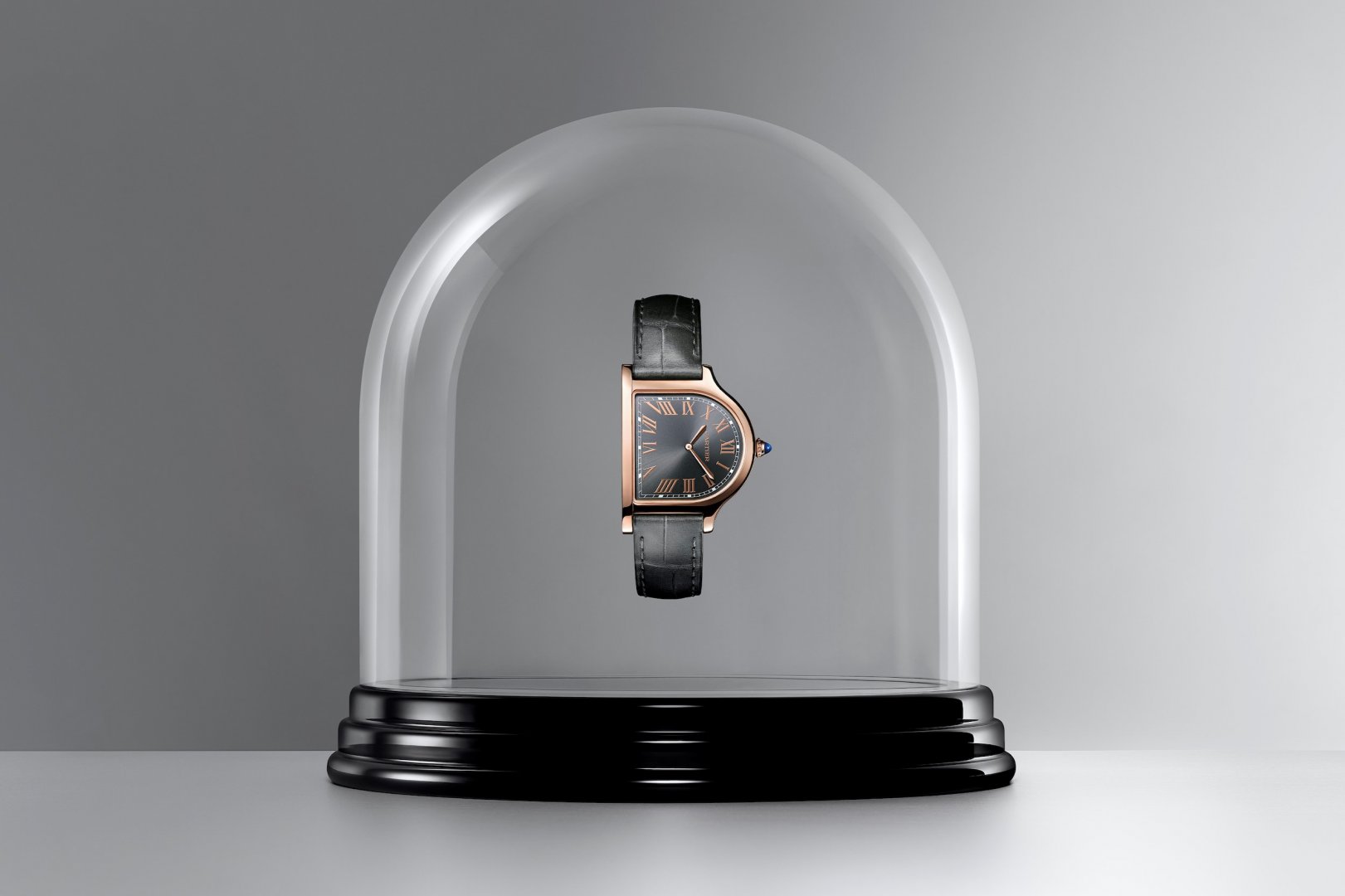
In addition to Cartier’s work with shapes, as seen with the Tortue, the Tank and the Baignoire, the Maison’s designers see beauty wherever it may be. The Cloche de Cartier watch is one of the rarest aesthetics in Cartier’s watchmaking repertoire.
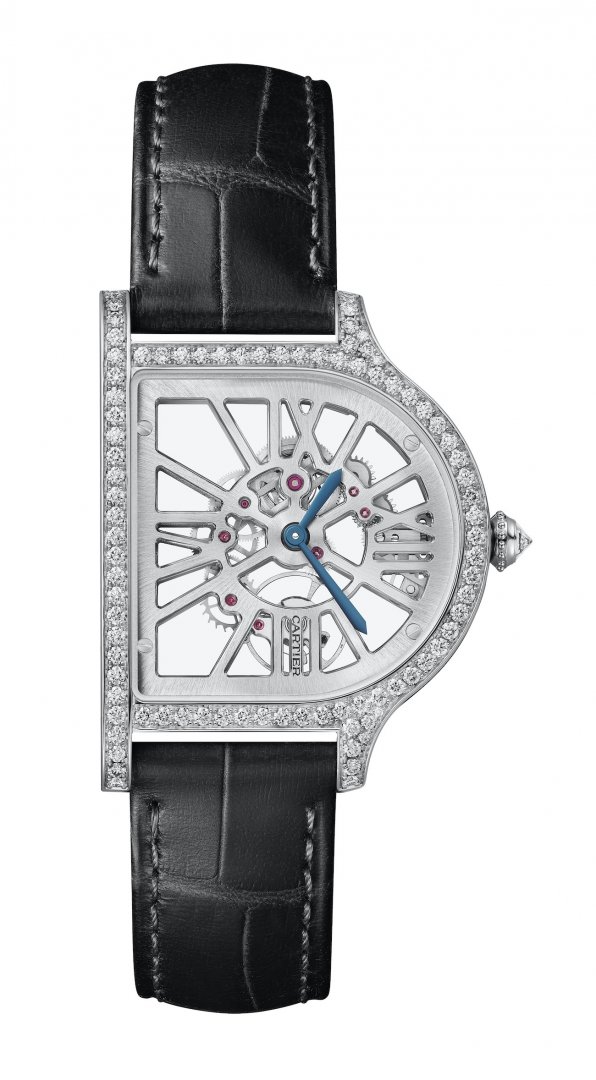
A collector’s piece that is unusual and unique in its category, it adopts all the Maison’s watchmaking codes. The “rail track” and hour markings are adapted to the dial’s asymmetrical shape and the crown is set with a cabochon. Both respectful of the Maison’s watchmaking tradition while at the same time breaking away from common practice, this Cloche creation is unusual in that it may be read whilst worn on the wrist and can additionally be removed and placed on a table to be transformed into a “desk clock”.
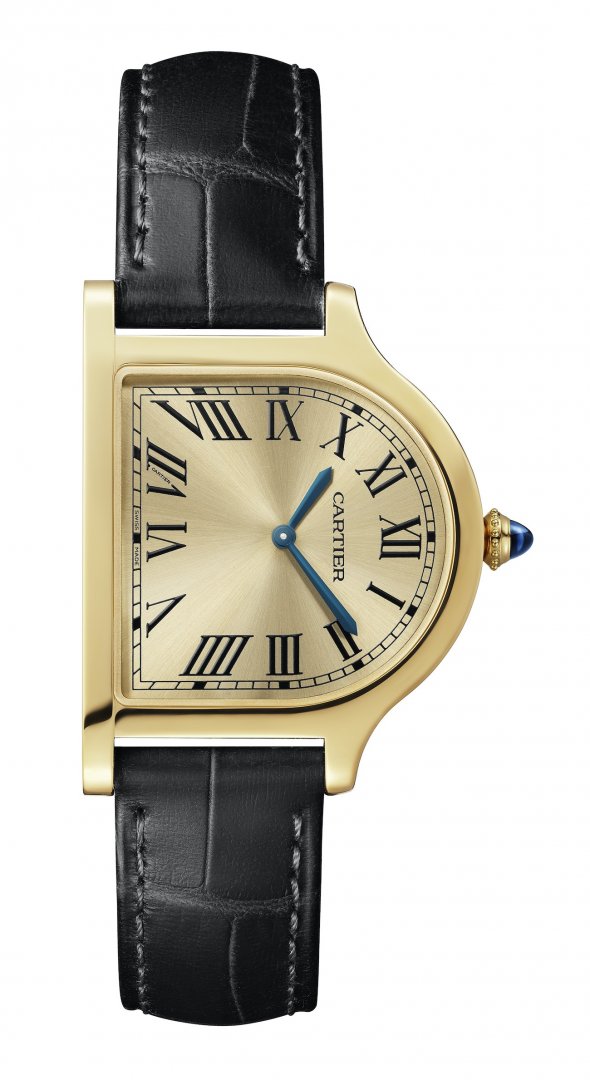
Two new calibres have had to be made at the Cartier Manufacture at La Chaux-de-Fonds in Switzerland to adapt to the aesthetic imperatives imposed by this unique shape. “A new functional architecture was therefore designed, to perfectly match that of the watch. Thanks to excellent cooperation, we were able to give priority to aesthetic emotion over technical perception in this new skeleton version.”
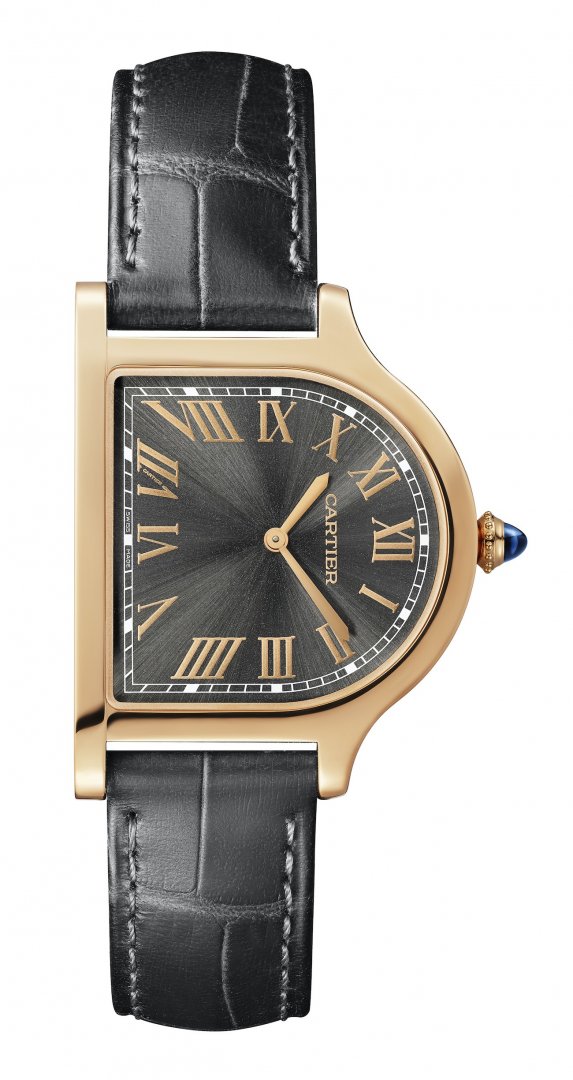
A fully fledged research and innovation laboratory, the Manufacture is a centre that serves both creativity and constant improvement of Cartier creations. Since 2001, all watchmaking professions have been based at this singular site, allowing for the creation of Cartier watches, from conception to production. Cutting-edge technology living alongside traditional, artisanal crafts. Thus, more than a century after its creation, the Cloche de Cartier is reborn, a sleeping beauty with a timeless charm.
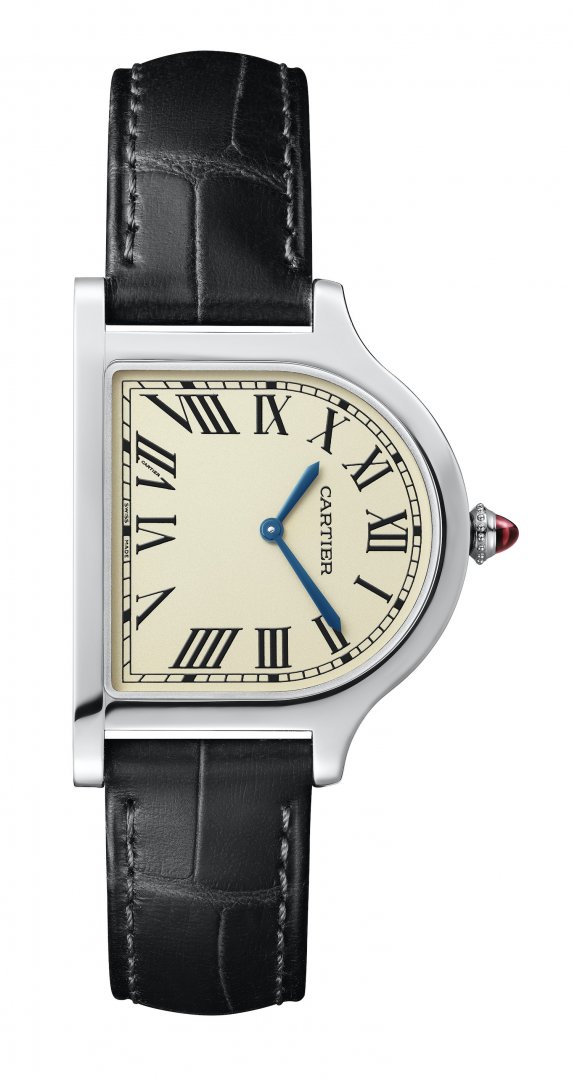
In a universe traditionally dominated by round pieces, Cartier watches stand out thanks to their shape: square, rectangle or even elongated oval. Since the Santos de Cartier watch in 1904 and the Tank watch in 1917, the Maison uses watchmaking to play with geometry and the idea that less is more. The Cloche de Carter is a rare watch. This creation, which seems to have been designed to please those dandies frequenting Café Society or racing circles, evolves over time, with two specific stand-out aesthetics: the orientation axis of the case, the rounded part is either placed upwards or to the right. The recent models come with a wrist strap, with another unique feature – the 12 facing the hand, and a “desk clock” modularity, if the watch is placed flat and vertically.
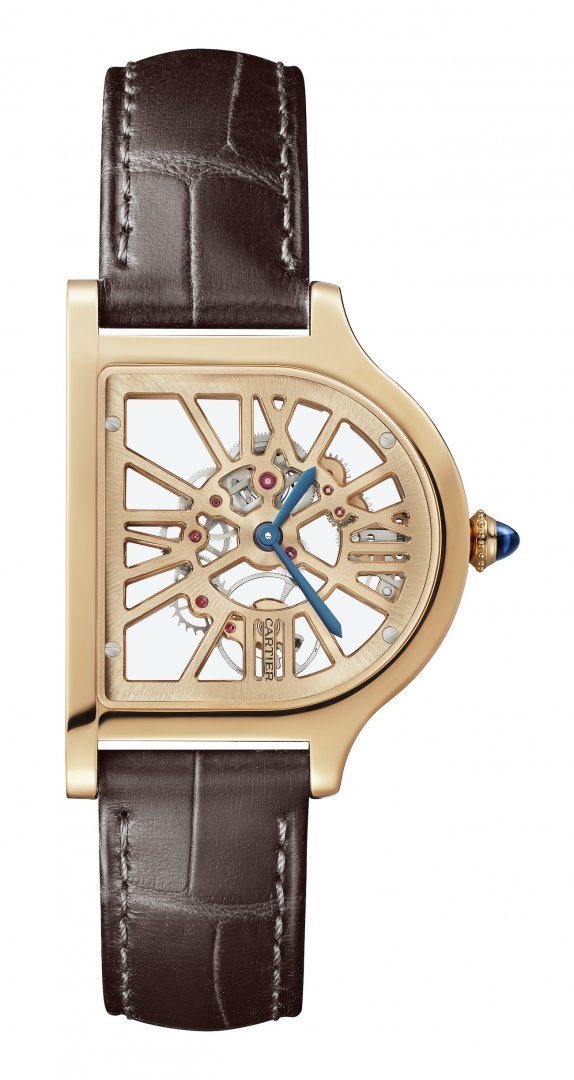
Barely 100 years old and still ticking as it did on the very first day. Keeping everything from the original, with a singularity that surprises at first glance, making you see things differently as you get closer to it.
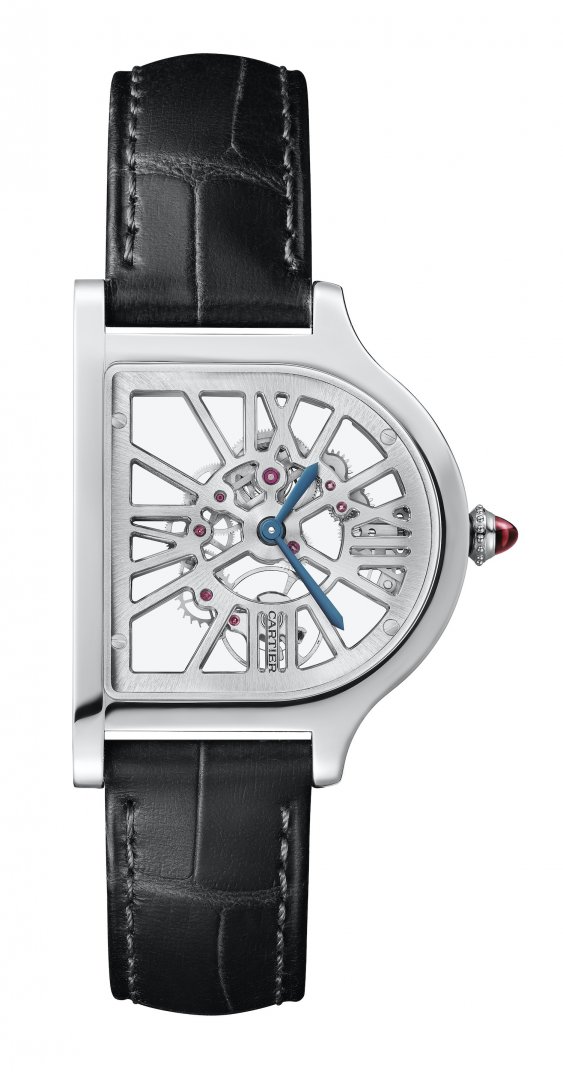
Available in pink gold, yellow gold or platinum, it displays all of Cartier’s watchmaking codes: rail tracks, sword-shaped hands and a closed-set cabochon on the winding crown. It has stayed faithful to the original model’s finishes: satin-finished on the back, polished between the lugs or edges, it is powered by the 1917 MC Manufacture mechanical movement, a calibre created in 2019.

Both unique and surprising, the time can be read by extending the arm, without the need to bring the wrist towards you. Proof that even in the 1920s, Cartier approached watchmaking with comfort and ergonomics in mind.
This year, Cartier has chosen to apply one of its watchmaking signatures, the skeleton, to this iconic watch: a true technical feat in the field that involves adapting this complication to the watch’s atypical shape.
Three skeleton models complete this collection. While it showcases the immediacy of an entirely openworked dial, it required the Manufacture 1917 mechanical movement to be completely reworked into a very fine network of gears, visible through the transparent Roman numerals, now transformed into bridges. It is now known as the 9626 Cartier Manufacture movement. In the platinum version, the winding crown is set with a ruby cabochon.

